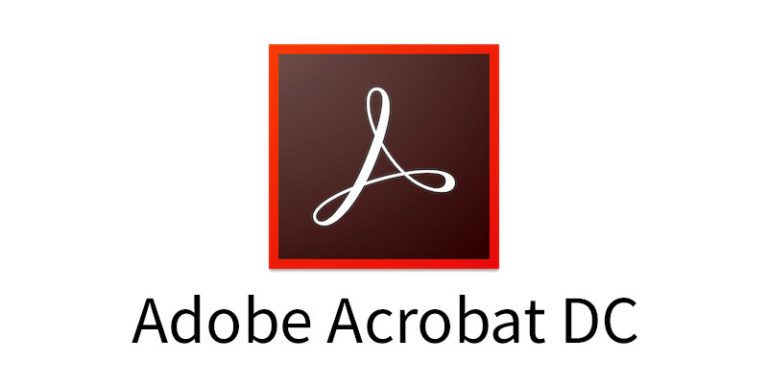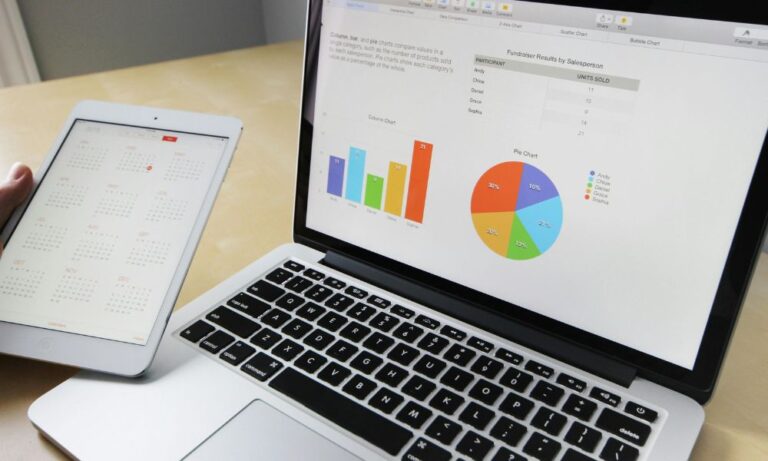To develop highly effective loan origination systems, software vendors combine expertise in credit lifecycle management, a commitment to digital innovation, and skilled teams capable of envisioning and creating an exceptional borrowing experience for consumers, businesses, and credit departments.
However, the digital revolution has transformed once remarkable advantages like speed, simple design, and delightful experiences into capabilities now expected by everyone.
Banks must rethink the entire lending experience, operating beyond modern expectations to succeed in the competitive financial market.
The ideal loan origination software is one that can cater to customer needs while simultaneously fueling growth with robust end-to-end capabilities, including origination, advanced portfolio management, financial statement analysis, underwriting, and executive reporting.
- Mitigate credit risk and ensure compliance with policies and regulations
- Enhance the health of the overall credit portfolio
- Streamline the credit process to minimize gaps and reduce time to approval
- Expand and optimize the portfolio, avoiding overexposure, and more.
In this post, we have compiled seven lessons to guide you in selecting a winning loan origination solution. This choice should not only enable top performance in all stages of the lending process but also enhance customer experience and satisfaction.
What is a loan origination system (LOS)?
A loan origination system (LOS) is essentially a software solution designed to digitize, automate, and oversee every stage of the loan process—from application and review to risk assessment, approval, disbursement, and relationship building.
In simpler terms, an LOS simplifies and integrates the entire loan origination process, seamlessly connecting with core and other systems such as core banking systems, SMS gateways, credit bureaus, AML, etc.
The distinguishing features of advanced loan origination software include:
- A unified database offering a consolidated view of all credit activities
- Comprehensive end-to-end credit risk management
- Exceptional omni-channel experience
- A singular system catering to all types of loans
- Advanced financial analysis capabilities
- Robust workflow and integrations
- Effective communication between different departments
- One database with unified view for all credit activities
Many banks still store data primarily in physical paper or separate Excel sheets managed by various account officers and credit analysts. This directly impedes the efficiency and outcomes of the credit team.
Hence, it is crucial that your LOS serves as an end-to-end solution, providing a centralized database that presents data to designated bank officers in a manner conducive to effective credit decisions.
This data often originates from diverse sources:
- Customer data (demographics, banking history, market data, etc.)
- Relationship details (subsidiary, holdco, parent/child, spouse, etc.)
- Collateral information (type, value, insurance, etc.)
- Financial data (limit, balance sheet, P&L, ratios, etc.)
Beyond centralizing data, an end-to-end approach also ensures adherence to the bank’s credit policies as an integral part of the loan evaluation process.
2. Powerful end-to-end credit risk management
In banking, risk is inherent, but effective control and mitigation are achievable with the right software tools.
Leading loan origination systems boast proven end-to-end risk management capabilities, empowering banks to shield themselves from unreliable borrowers, make informed credit decisions, and enhance profitability.
Furthermore, these systems enable lenders to strike a balance between credit risk, loan speed, volume, and quality, thereby surpassing competitors.
When assessing LOS options, seek robust risk management features, including:
- Workflow management
- Collateral capturing
- Document management
- Memos and relationship management
- Credit policy enforcement
- Account aggregation
- Advanced financial statement spreading and analysis
- A diverse array of risk rating models
- Portfolio manager, covering concentration analysis, exposure analysis, volume analysis, and more.
3. Best-in-class omni-channel experience
It’s evident that digitally savvy Millennials and Gen Z individuals increasingly favor mobile engagement methods. To align with evolving market trends, banks must ensure that their LOS seamlessly integrates with any digital self-service channel for consumers or employees, preferably through an integrated, omni-channel digital banking platform.
Digital platforms enable consumers and businesses to complete the entire application process digitally, feeding data directly into the LOS at the relevant steps of the loan origination workflow.
A noteworthy digital loan origination experience, whether self-service or assisted, encompasses various factors such as:
- Intuitive interfaces with minimal data entry requirements
- Smart data collection through OCR for rapid and secure scanning and uploading of documents
- Efficient document management and eSigning capabilities
- A customer-centered mindset
- Real-time loan status information for both customers and bank staff, coupled with automated notifications
- The option to integrate a video call with a bank officer during the loan application
- ID verification and authentication tools via fingerprint and facial recognition, among others.
4. One system for all loan types
Frequently, banks depend on distinct LOS for various credit types such as consumer credit, mortgage, trade credit, SME, and corporate credit.
Only a handful of loan origination systems offer workflows that cater to multiple credit types. Opting for a unified system for all loan types can result in substantial cost savings in terms of total ownership expenses for the institution.
Furthermore, a centralized system facilitates a comprehensive 360-degree view of the customer relationship, enhancing opportunities for upselling/cross-selling. This, in turn, boosts customer satisfaction and retention.

5. Advanced financial analysis
The most efficient and rewarding loan origination system is data-driven, equipped with financial analysis capabilities that empower banks to derive crucial insights for forming credit decisions.
A modern LOS provides control over credit risk through advanced financial statement spreading and analysis. Configurable financial ratios, peer group comparisons, projections, and more contribute to effective customer risk ratings, forecasts, and consolidations.
Key features unlocking the vast potential of data encompass:
- Financial statements spreading (ratio analysis)
- Peer group analysis
- Tracking financial covenants and financial projections
- Advanced credit memos
- Effortless report creation without requiring database expertise
- Automatic generation of periodic reports
- Portfolio oversight for a comprehensive view and to discern and comprehend trends.
6. Robust workflow and integrations
Banks require a well-considered integration strategy that can scale lending operations, expedite loan automation, and elevate financial services for customers.
Given the multitude of steps and processes involved in loan origination, such as document management, the underwriting process, risk rating, etc., scaling through manual operations is impractical. Simultaneously, the complexity of the involved systems poses challenges for automation using the traditional point-to-point integration approach.
APIs and workflow solutions eliminate manual steps, efficiently handle high volumes at scale without errors, and enable seamless collaboration between systems. This results in heightened automation, creating a more efficient, streamlined, and user-friendly process for both lenders and borrowers.
Beyond automation, APIs facilitate straightforward integration with various external partners, including credit bureaus, national registries, and SMS gateways, fostering growth and unlocking new revenue opportunities.
Integrations also contribute to establishing an ecosystem of digital products, all designed with a singular goal—to craft the perfect user experience.
Hence, when selecting a loan origination software, a thorough examination of API integration options and workflow features is crucial. If implemented effectively, they can bring invaluable benefits for both customers and lenders.
7. Communication between departments
The loan origination process, encompassing both branch and back-office operations, requires the collaboration of various roles within the credit and risk departments.
A contemporary and streamlined Loan Origination System (LOS) should facilitate seamless collaboration among relationship managers, credit analysts, credit committees, and senior executives. This collaboration is achieved through transparent workflows and effective task management.
By ensuring timely and transparent processes, these systems empower teams to expedite credit decisions, ultimately achieving the targeted portfolio growth, all within a unified platform.
Bonus Tip: Win customers with instant-approved, one-click, digital loans
Successful banks often prioritize swift approval over the lowest interest rates.
In a society focused on speed, the “time to apply” and “time to yes” should ideally take just a few minutes, while the “time to cash” for simple loans should be less than 24 hours or even minutes.
However, the primary goal isn’t merely to impress customers with rapidity and cutting-edge technology but to demonstrate dedication to resolving their financial situations promptly.
To achieve this, forward-thinking institutions create new digital loan offers delivered in context.
But how do you determine which loan products can be completely automated?
Focus on straightforward products that are easy to configure and validate through parameters (fixed sum range, fixed conditions). These are the offerings suitable for experimenting with complete digitization and automation.
For instance, a digital loan could be designed for home renovation, appealing to a broader audience, or a consumer loan tailored for the purchase of high-value items.







